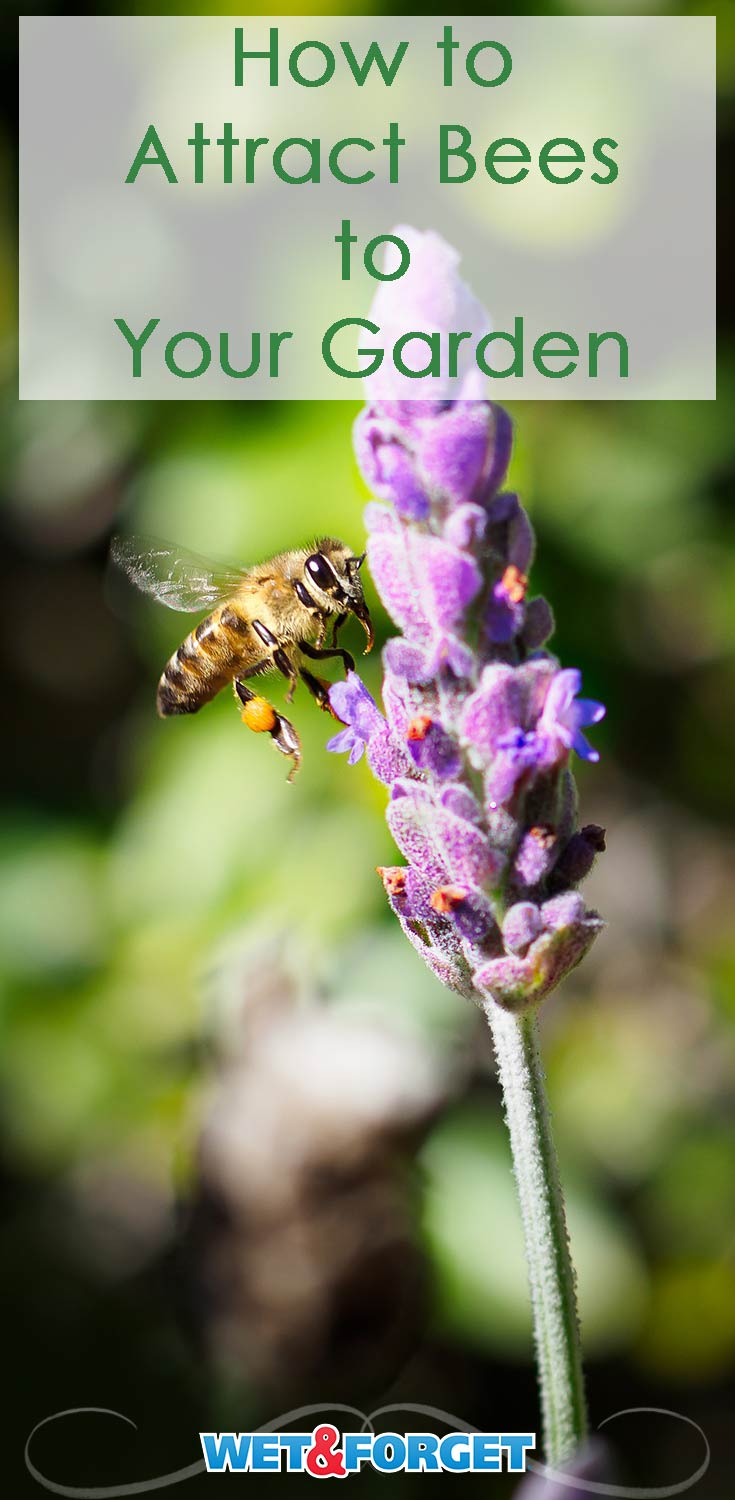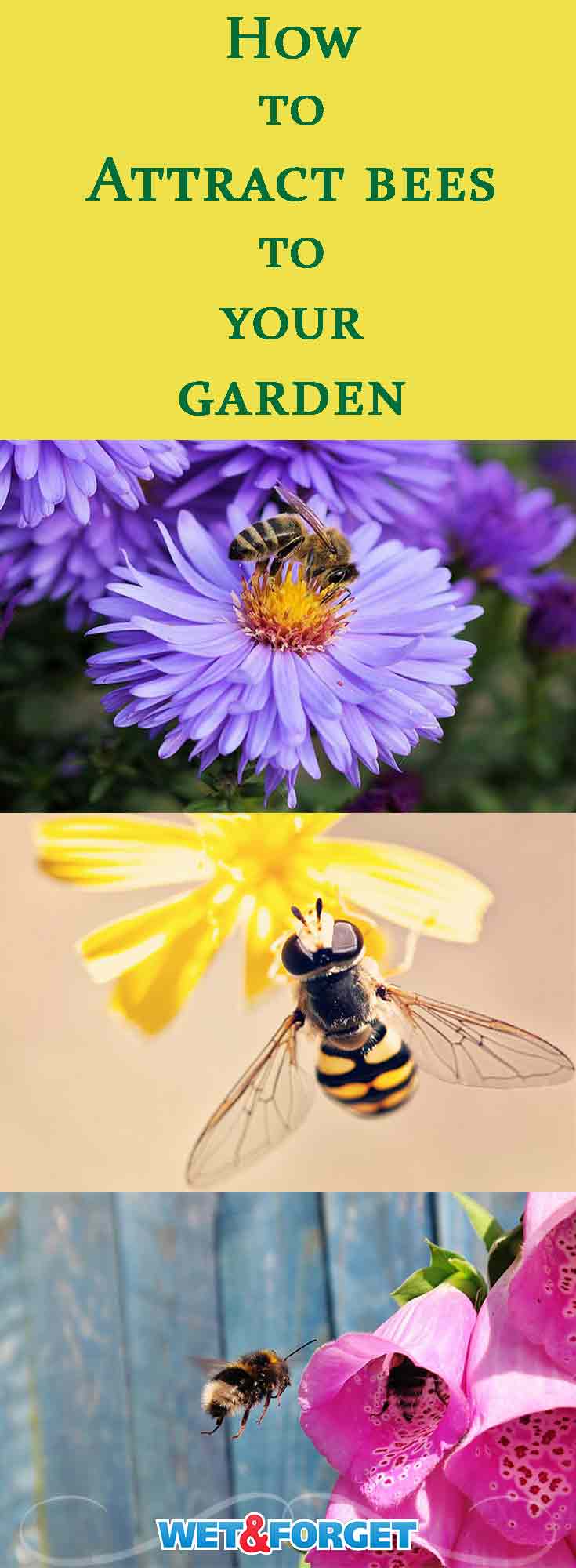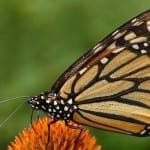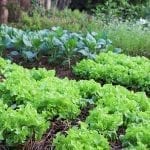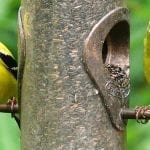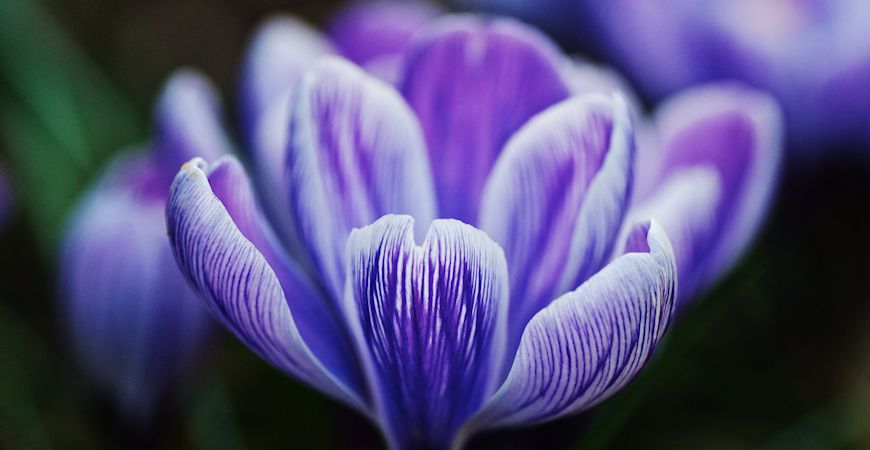
How to Attract Bees: An Easy Guide to a Bountiful Garden
Bees play a crucial role in maintaining a strong and prosperous garden. Learn how to attract bees to your garden with these helpful tips.
Bees are the Earth’s greatest pollinators, and they can improve the health of your garden in several ways.
It’s important to understand the difference between native bees and honey bees. Native bees pollinate numerous crops more effectively and thoroughly than honey bees but do not produce honey. However, honey bees are still responsible for helping pollinate several crops and producing honey.
Honey bees can not be called native bees because they were originally imported to North America. Honey bees are native to Africa and Asia but have been domesticated for hundreds of years.
Native bees are affiliated with their specific environments and pollinate various gardens and orchards full of food. Bumblebees, sweat bees, orchard mason bees, squash bees, and mining bees are the five main types of native pollinators.
They provide countless benefits to food crops grown all over the country. Pollinators help to produce over 150 food crops in the United States.
Young adult native bees arise from their nests at different times throughout the year. Their emergence typically corresponds with the blooming period of these food crops.
Certain food crops, such as strawberries, blueberries, and the entire squash family, depend on pollination from native bees to yield high-quality crops. Tomatoes that are frequented by bumblebees will produce bigger fruit.
This is due to the excess pollen shaken by their buzzing compared to the pollen released by just the wind. Strawberries pollinated by several types of bees produce a smaller number of misshapen berries. Pumpkins that are pollinated by a squash bee are much larger than those that are not.
Planting Tips
Wildflowers: It’s a good idea to plant wildflowers and native species to attract bees. Bees and wildflowers evolved together, so native wildflowers provide bees with a great source of pollen and nectar.
Single Flowers: Flowers with only one ring of petals offer more pollen and nectar than double flowers. Double flowers make it harder for bees to reach the inner flower parts that contain pollen and nectar.
Pay Attention to Color: Plant blue, purple, and yellow flowers. These colors attract bees the most. Avoid white flowers because bees have a hard time seeing this color.
Say No to Pesticides: Avoid using pesticides, even organic ones. Many of them are toxic to bees.
Use alternate pest control methods, like crop rotation, trapping, or hand picking. Only use pesticides if you have no other pest control option. Do not use pesticides on open blossoms or when bees are present to protect pollinators.
Create a Bee Sanctuary
Bees require raw materials to build their nests. You can also keep a small pile of brush or dead wood in your backyard.
Dry grasses and reeds are also excellent nesting materials. Attract bees to your garden by setting a low wooden frame around a pile of dirt mixed with sand. Top off the pile with a few old pieces of firewood or rotting logs.
Check that only clumping grasses grow on the pile. Finish your bee sanctuary by planting various bee-appealing plants in a close-by area.
You can also consider garden beekeeping. You can keep a beehive in your garden even if you don’t live in a rural area.
To learn more about garden beekeeping, click here.
Plants That Attract Bees
Studies show that bees prefer an assortment of plants instead of only one individual crop. Many bees emerge from their nests at specific times to gather pollen and nectar for certain crops.
Depending on the plant, pollinators are active at different times throughout the year. Each bee might only be active for a few weeks, so it is important to have a variety of plants blooming from early spring to late fall.
Several fruit, vegetable, herb, and flower plants will attract bees. Annual flowers that attract bees are cosmos, sunflowers, poppies, and zinnias.
Many perennial flowers attract bees, such as black-eyed Susans, foxgloves, single-flowered hollyhocks, lamb’s ear, and Russian sage. Some vegetable plants attract bees are artichokes, beans, cucumbers, peas, and summer or winter squash.
You can also plant herbs in your garden to lure bees. The best types of herbs to plant are basil, coriander, dill, fennel, lavender, low-growing clover, mint, oregano, and rosemary.
Lastly, the most appealing fruit plants to bees are apples, blackberries, blueberries, cranberries, raspberries, strawberries, currants, and melons. To see a more comprehensive list of what plants you can add to your garden to attract bees, click here.
For more helpful tips to attract bees to your garden, click here. For more information on the different types of native bees and their behavior, click here.






